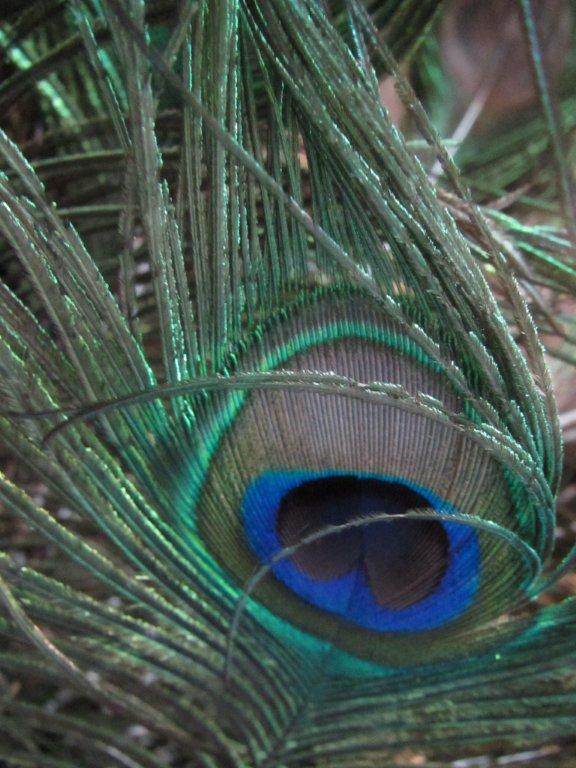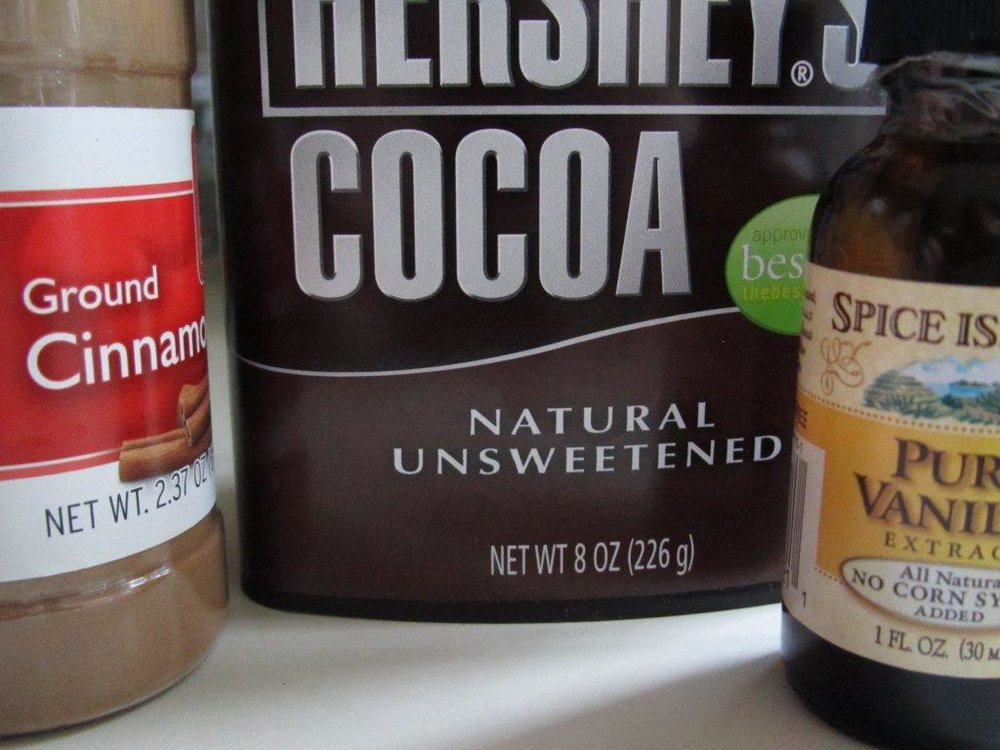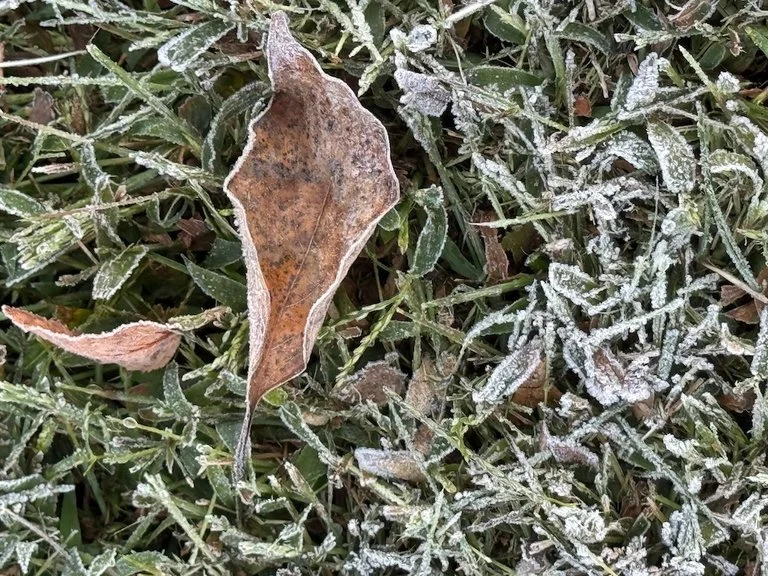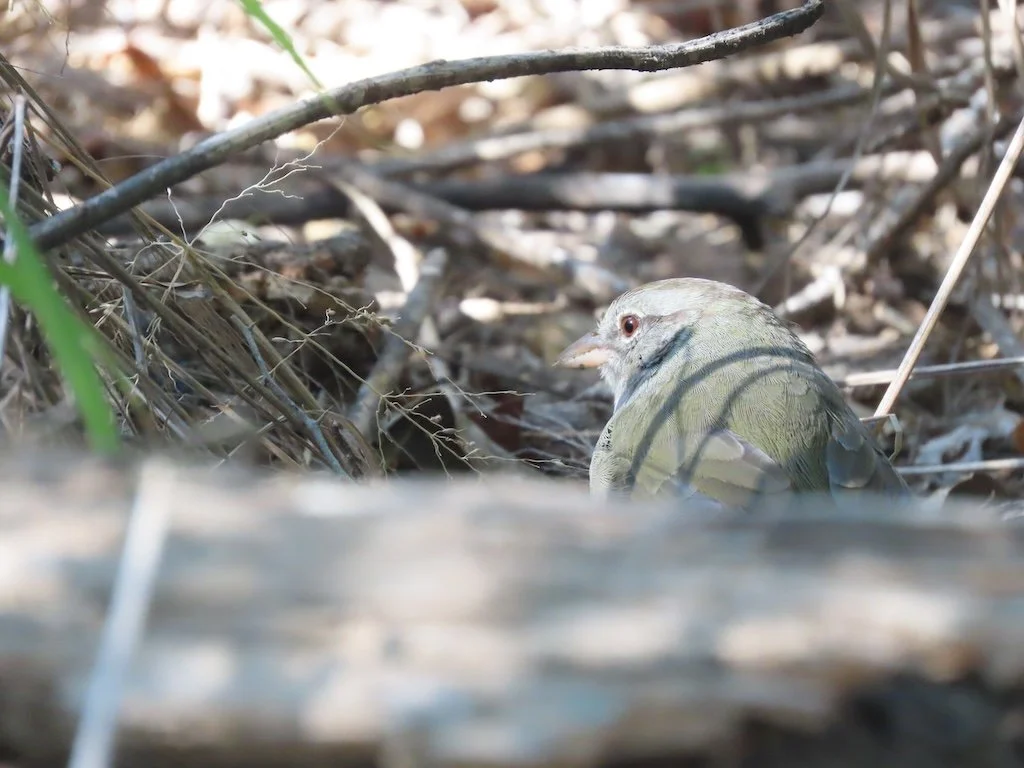Gleanings of the Week Ending March 09, 2013
/The items below were ‘the cream’ of the articles I read this past week. Click on the light green text to look at the article.
What’s Happening to Great Lakes Ice - Compare 2010 and 2013 then watch the video of ice forming this winter
Vibrant Paint Patterns Brighten Up Urban Landscapes - Color in Beirut
The Science of Smart - Infographic.
Visual Storytelling through Intricate Paper Designs - Design in cut in paper always seem appealing to me. I probably include collections of them in my gleanings every time I find them. these are by Australian artist Emma Van Leest.
'Behind The Brands' Oxfam Report Evaluates Social, Environmental Impacts Of World's Largest Food Companies - None of them are doing very well when it comes to women, small scale farmers, farm workers, water, land, climate change, or transparency.
 Education Indigenous to Place: Western Science Meets Native Reality - Article from the Alaska native Knowledge Network from 1999. The argument for integrative thinking relative to place rather than deep specialization (which has been the trend for some time in the sciences and medicine) is beautifully made in this article.
Education Indigenous to Place: Western Science Meets Native Reality - Article from the Alaska native Knowledge Network from 1999. The argument for integrative thinking relative to place rather than deep specialization (which has been the trend for some time in the sciences and medicine) is beautifully made in this article.
Top 25 Wild Bird Photographs of the Week #38 - My favorite is oriental dwarf kingfisher. The size and shape of the head/beak make it clear that it is a kingfisher but the colors are extraordinary. I am in awe of photograhers that capture birdlife so vividly. My most recent (and poor) attempt is at the right; at least you can tell that it is a redwing blackbird.
Namibia: The Big Empty, part 1 - A short video from National Geographic
First Confirmed Sighting Of Rare Whooping Cranes At Natchez Trace Parkway - Hurray! Maybe an effort to establish an Eastern Migratory Population of these cranes is succeeding.
Sugata Mitra: Build a School in the Cloud - TED talk
























































